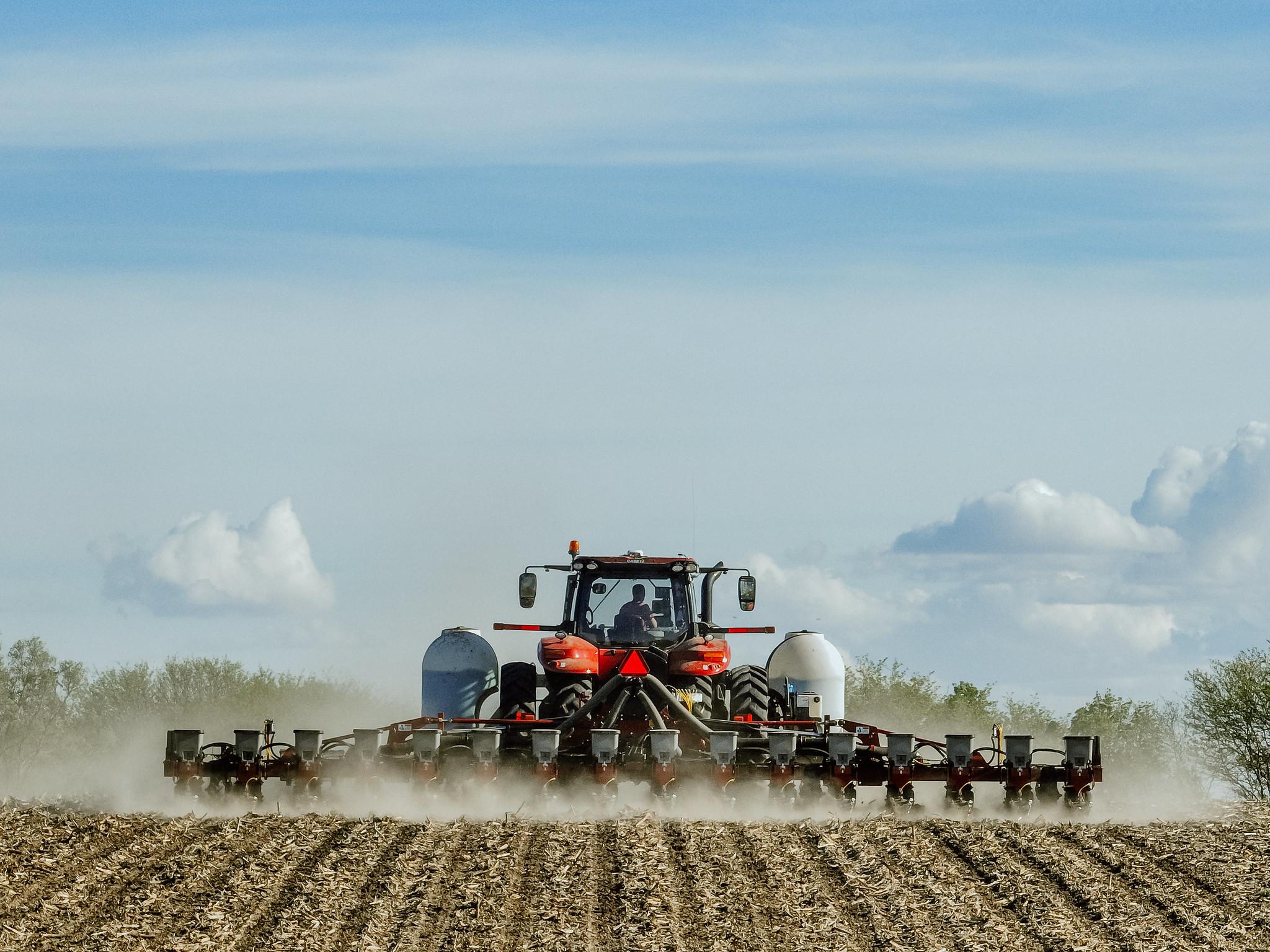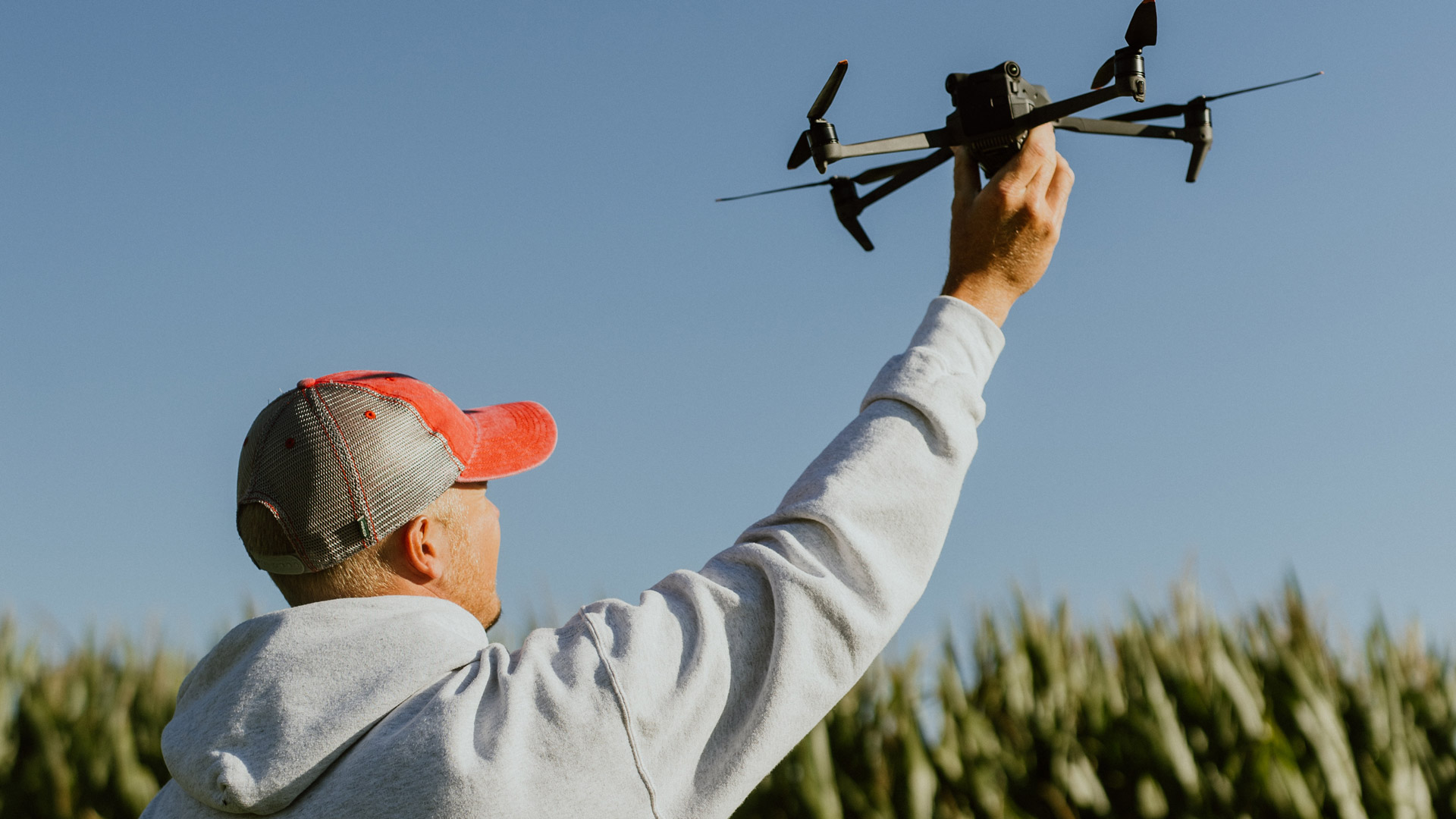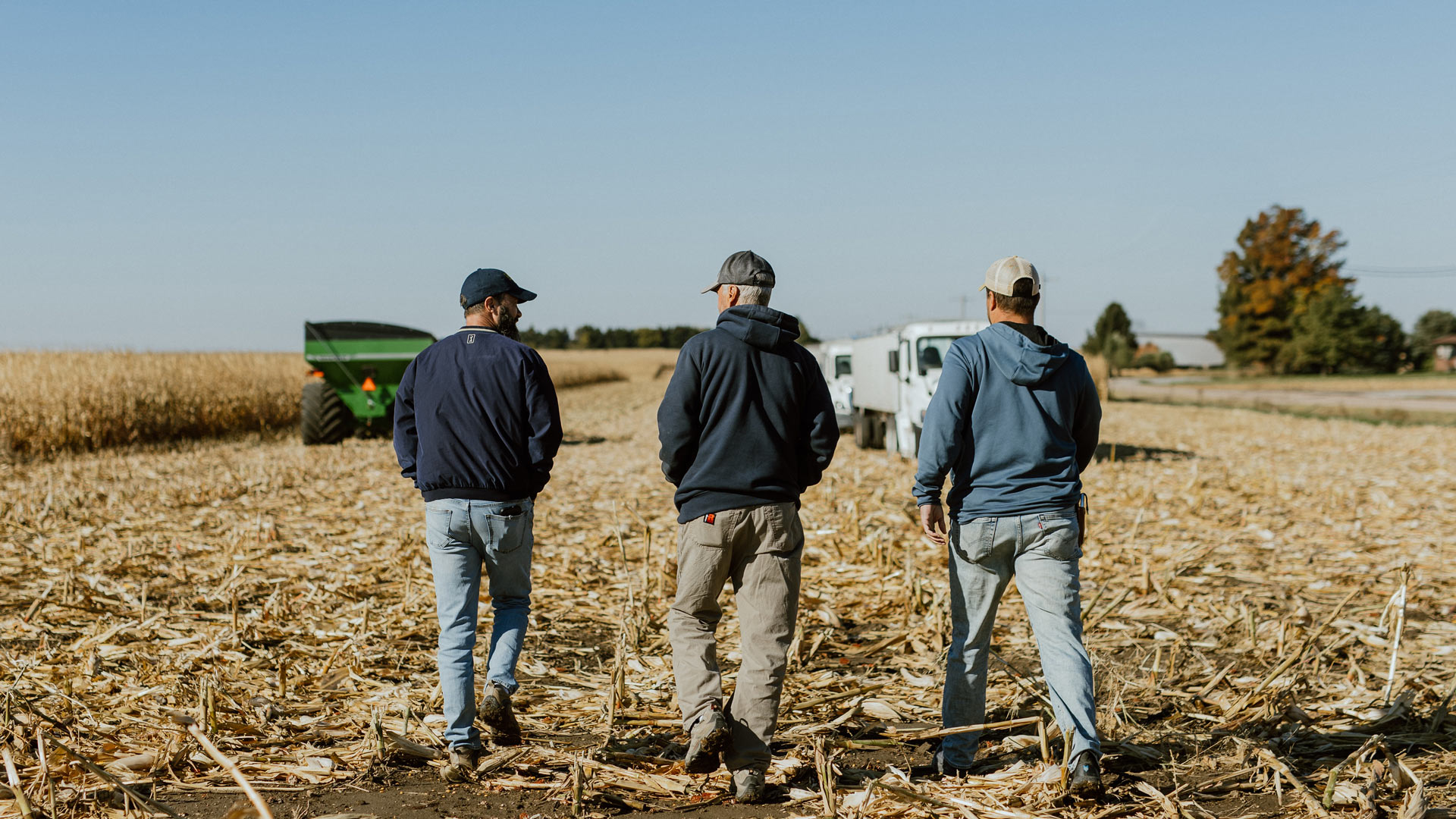For yet another year, much of the country faced hot and dry conditions during the summer. While these extended dry conditions were a hindrance or inconvenience to some, they are extremely challenging and potentially devastating for farmers and ranchers.
Historically, the average annual precipitation in Nebraska ranges from about 34 inches in the southeast to around 17 inches in the northwestern portion of the state. As of mid-December 2022, some areas of the state had barely received half of the normal precipitation.
As the country embraces the winter season, many who make their living off the land will be looking to the sky once again. Only this time they will be looking for snow, not rain.
What is a drought?
A drought is more than an unusually hot and dry week. According to the Glossary of Meteorology and the National Weather Service, a drought is, “a period of abnormally dry weather sufficiently prolonged for the lack of water to cause serious hydrologic imbalance in the affected area.”
What Is a Snow Drought?
Although drought is usually thought of as a problem in the warm months, an area also can experience a winter drought during the cold months. A lack of snow for an extended period of time is called a snow drought.
How Do Droughts Affect Farming?
Water is the lifeblood of farming. Without adequate water, corn and all other crops wither in the fields, grass dries up in the pasture and hay doesn’t grow.
If there isn’t enough rain, farmers with irrigation systems can supplement water to their crops if water is available and they have access to it. Fields that aren’t irrigated are at the mercy of the weather. If there isn’t enough water, the corn crop will suffer and yields will go down.
Although advances in seed technology have resulted in corn varieties that are more resistant to drought than corn varieties in the past, the bottom line is that all corn needs water to live. If the plant doesn’t receive enough water to sustain life, the corn will not grow and the crop will be lost.
Is There a Drought in Nebraska?
Like much of the U.S.,the state of Nebraska experienced drought during 2022. This didn’t change during winter, with the entire state in at least some form of drought in late December 2022.
Nearly 60 percent of the state was in a severe drought and 17 percent of the state was in an exceptional drought, also as of late December, 2022 According to drought.gov, the drought conditions in Nebraska are expected to persist through the winter months until at least mid-February.
How Does Snow Affect Drought in Nebraska?
Crops like corn get moisture from rain that falls during the growing season, but snow can play an important factor in how producers are able to cope with drought. The snow received now will impact the quality of corn that is grown the next year.
The two biggest ways snow helps with drought is that it puts moisture back into the soil and also replenishes the rivers, reservoirs, massive Ogallala Aquifer and other groundwater reserves farmers in Nebraska use to irrigate their crops. Both of those functions are especially critical after a drought, because the prolonged dry period depletes soil moisture and requires more irrigation to keep the crops alive.
Other ways snow helps farmers:
* Insulates cover crops. A blanket of snow on top of a field acts as an insulating blanket between cover crops planted in the soil and the cold winter air, preventing the ground from killing the crop.
* Reduces erosion. Just as it protects cover crops, snow covering a field protects the soil below from being blown away by strong wind while also preserving what moisture and nutrients there are in the soil.
* Enables barge traffic. Snow assists farmers in getting corn and other crops to market by helping keep the water levels of major waterways like the Missouri and the Mississippi high enough to allow barge traffic to transport the crops to ports for international shipment. With 32 percent of Nebraska’s corn exported internationally, this is an important step in success for farmers and corn.
How Snow in Other States Can Affect Nebraska Farmers
Snow can have a major impact on farmers even if it falls in another state. The headwaters, or source, of one of the key rivers used for crop irrigation in Nebraska — the North Platte River — is found in Colorado.
Just as less snow on a Nebraska farm field means less water melts and drains into nearby streams, lakes and rivers, weather conditions around the headwaters and upper reaches of a river — whether it be significant amounts of snow and rain, or extreme lack thereof —can have an impact on water levels when the river gets to Nebraska.




